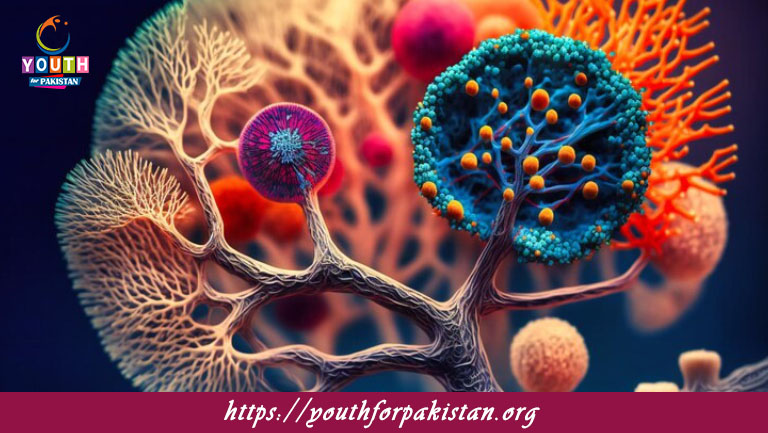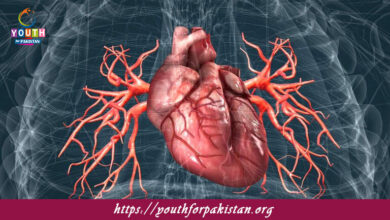Mechanism Of Action Of Enzymes MDCAT Quiz with Answers

Mechanism Of Action Of Enzymes MDCAT Quiz: The mechanism of action of enzymes describes how these biological catalysts speed up chemical reactions in living organisms. The concept is very important to grasp for MDCAT preparation, especially for the topics in biochemistry and physiology. You will get a better understanding of how an enzyme functions and interacts with a substrate to bring about a catalysis of reactions with efficiency by taking an MDCAT Quiz.
How Enzymes Work
Enzymes work by reducing the activation energy needed for a chemical reaction to take place. In this process, the enzyme-substrate complex is formed where the substrate combines with the active site of the enzyme. The enzyme’s active site is highly specific to the substrate, often described by the lock-and-key model or the induced fit model, which explains how the enzyme’s active site adjusts to fit the substrate once it binds. The enzyme catalyzes the conversion of the substrate to products, after which it releases the products and remains unchanged to catalyze further reactions.
MDCAT Quiz on Enzyme Mechanism of Action
Strengthen your understanding of the mechanism of enzyme function with an MDCAT Quiz on this very broad area: mechanism of action of enzymes. Key concepts will include the enzyme-substrate interaction, the requirement for activation energy, how coenzymes and cofactors work together in these enzymes, and different models—like the lock-and-key model or induced-fit model. Continue practicing the quizzes regularly; that way, you will develop your skill to answer any type of question associated with enzyme action during your exam.
Free Flashcards for Enzyme Mechanism
Reinforce your studies with Free Flashcards focused on the mechanism of enzyme action. These flashcards provide visual aids and concise explanations of enzyme catalysis, substrate binding, and activation energy reduction. They are a perfect tool for quick revisions and help ensure that you retain important information for your MDCAT exam.
Mastering the mechanism of action of enzymes is vital for success in the MDCAT. By using quizzes and flashcards in your study routine, you can strengthen your understanding, improve retention, and be well-prepared to answer enzyme-related questions during your exams.

The induced fit model of enzyme action suggests that the enzyme's active site _______ when it binds to the substrate.
Changes shape

Enzymes may require _______ to function properly, which may include ions or organic molecules.
Cofactors

A _______ inhibitor binds to the active site of the enzyme, preventing the substrate from binding.
Competitive

_______ inhibitors bind to a site other than the active site and alter the enzyme's shape.
Non-competitive

The product of an enzyme-catalyzed reaction binds to the _______ site to reduce enzyme activity.
Allosteric

The _______ model explains how enzymes adjust their shape to better accommodate the substrate.
Induced fit

The _______ effect is the increase in enzyme activity as the concentration of substrate increases.
Substrate concentration

_______ is the enzyme responsible for breaking down hydrogen peroxide into water and oxygen.
Catalase

The _______ model suggests that the enzyme's active site changes shape when the substrate binds.
Induced fit
Experience the real exam environment with our expertly designed collection of over 25,000 MCQs MDCAT Mock Tests.





